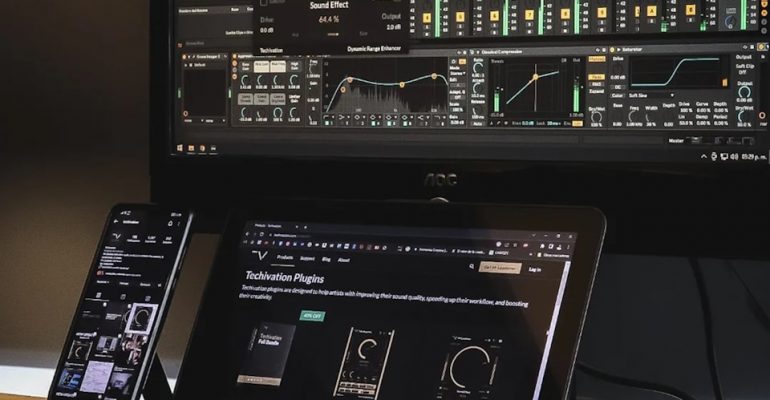Evaluating Low-Code Platforms and Their Fit for Projects

Evaluating Low-Code Platforms and Their Fit for Projects
Trane Technologies stands as a global frontrunner in the HVAC sector, catering to both residential and commercial needs. With its headquarters in Ireland, Trane has been a part of the S&P 500 since 2010. The company operates 99 manufacturing facilities worldwide and employs approximately 50,000 people. Its well-known brands, including Ameristar, Service First, Thermo King, and Trane, generated nearly $12.5 billion in revenue in 2020.
At the Mendix World 2021 conference, Miroslav Samoilenko, Trane Technologies’ Director of Integration Architecture, discussed his process for evaluating low-code platforms with Eric Tieniber from Mendix. They explored the evolution of Trane’s app development portfolio using Mendix.
The Appeal of Low-Code Platforms
For many companies, no-code solutions are appealing because they enable a wider range of employees to contribute to the growing demand for business applications. However, these solutions come with limitations. Samoilenko described no-code as the ability to visualize business logic using pre-defined widgets. While drag-and-drop functionality is ideal, no vendor offers widgets that cover all possible needs, necessitating custom business logic at some point.
Low-code platforms bridge this gap by allowing for both democratized development and the customization capabilities required by enterprises. When assessing low-code vendors, Samoilenko aimed to determine the platform’s tolerance level, understanding when to transition from no-code to low-code and identifying use cases that might necessitate leaving the platform.
Given the variety of vendors offering low-code solutions, selecting the right one for a large enterprise can be challenging. Trane uses market-leading reports, such as the Gartner Magic Quadrant, to shortlist potential vendors and compares them with their current systems to identify opportunities.
Transitioning from Monolithic Systems
Trane’s journey with low-code began about five years ago. They had a 15-year-old custom e-commerce solution that had become a monolithic system. To modernize, Trane adopted the Strangler Fig approach, which involves building a new system on top of the old one until the latter can be phased out. Low-code platforms like Mendix proved to be an ideal match for this approach, allowing Trane to break the monolith into independent microservices.
Adopting Mendix has enabled Trane to deploy the platform across various applications, including e-commerce and sales automation, without needing specialized roles like DevOps engineers or database administrators. Mendix’s feature-rich platform, which includes integrated DevOps automation and monitoring tools, allows Trane’s IT team to focus on broader innovation and organizational features.
Managing Shadow IT
One significant advantage of low-code development is managing “shadow IT.” Shadow IT refers to the use of technology outside the official IT ecosystem, such as personal email or unsanctioned devices. While often well-intentioned, shadow IT can disrupt workflows and pose security risks. Low-code development offers a structured alternative, enabling faster and simpler business application development. Business analysts, instead of creating unmanageable Excel-based solutions, can use low-code platforms to innovate while maintaining visibility and control within the central IT infrastructure.
Recommendations for Low-Code Adoption
Samoilenko advises organizations considering low-code adoption to avoid starting too small or too large. Starting too small may not yield sufficient benefits to justify the investment, while starting too large increases the risk of failure. He suggests beginning with a medium-sized project that can be delivered within a year using a small, dedicated team. Experimenting with various projects will help secure funding to create custom components and adapt the technology to the enterprise’s needs.
Maximizing IT Resources
For Trane, the combination of microservices, comprehensive features, and integration capabilities provided by Mendix has been invaluable. Using Mendix in different parts of the organization has allowed Trane to maximize the efficiency of its IT team. Database administrators, system administrators, and DevOps engineers can now focus on delivering business value and developing new software, enhancing overall innovation and productivity.
In conclusion, the value that Mendix brings to Trane Technologies is significant. The platform’s ability to streamline development processes and enable innovation underscores its importance to the company’s success. As Samoilenko noted, Mendix allows Trane’s IT team to concentrate on creating business value, which is a testament to the platform’s impact on the organization.
Photo by Technivation (unsplash.com)